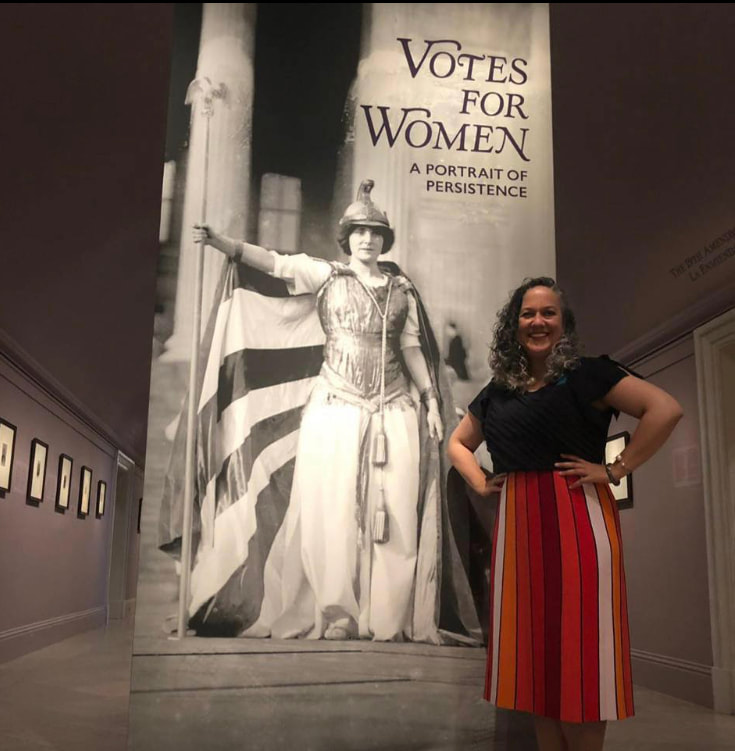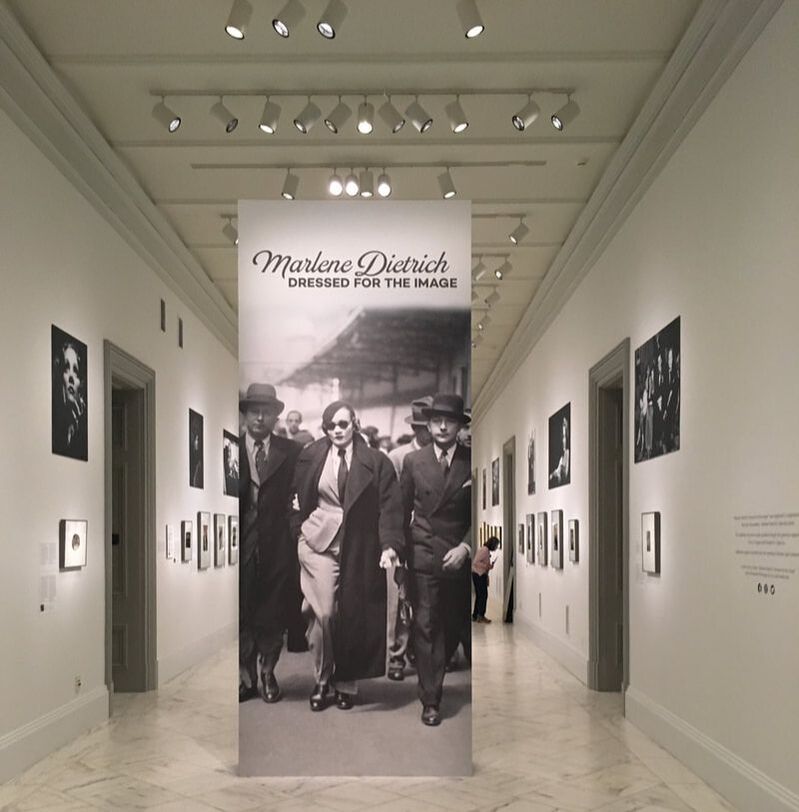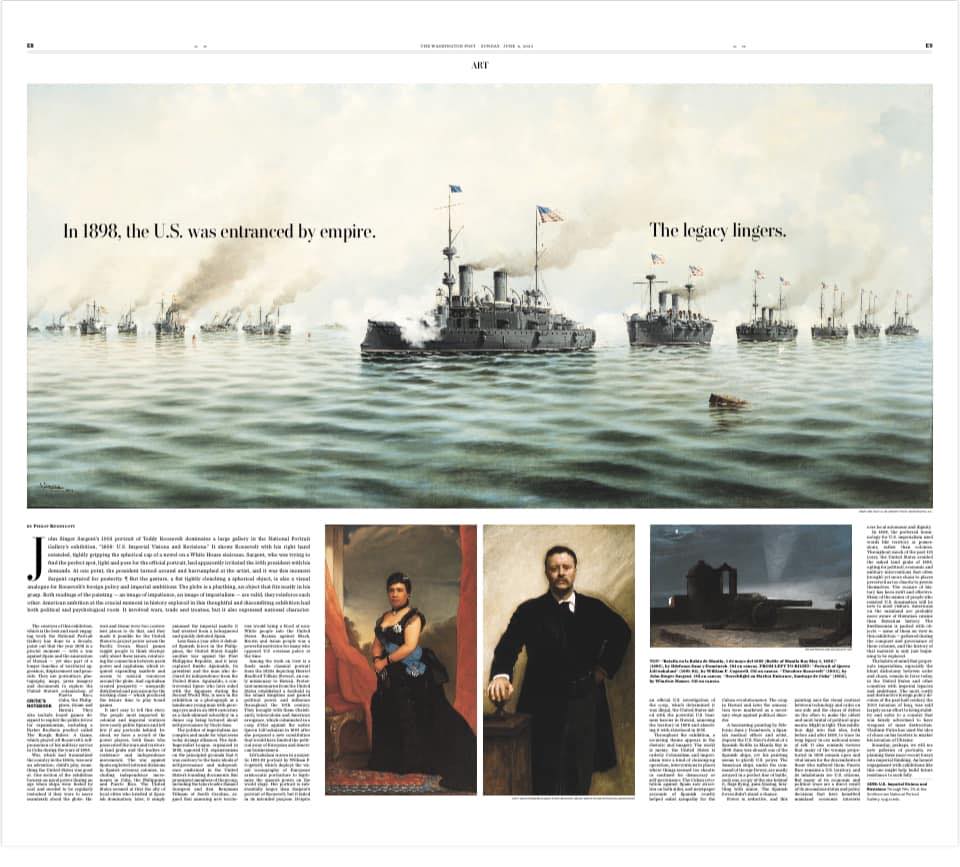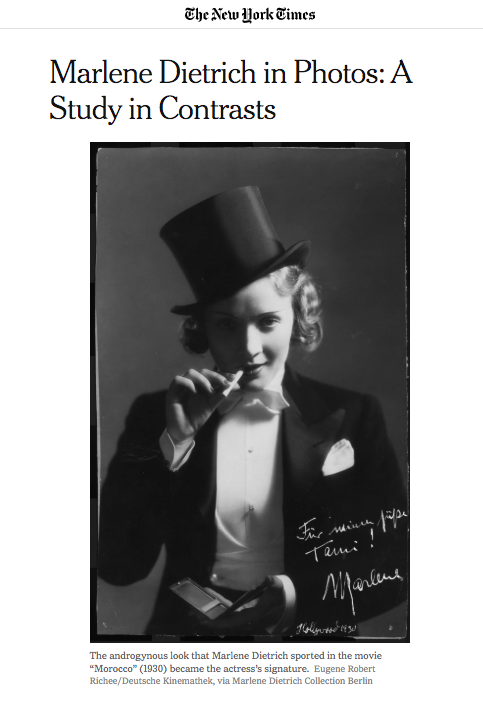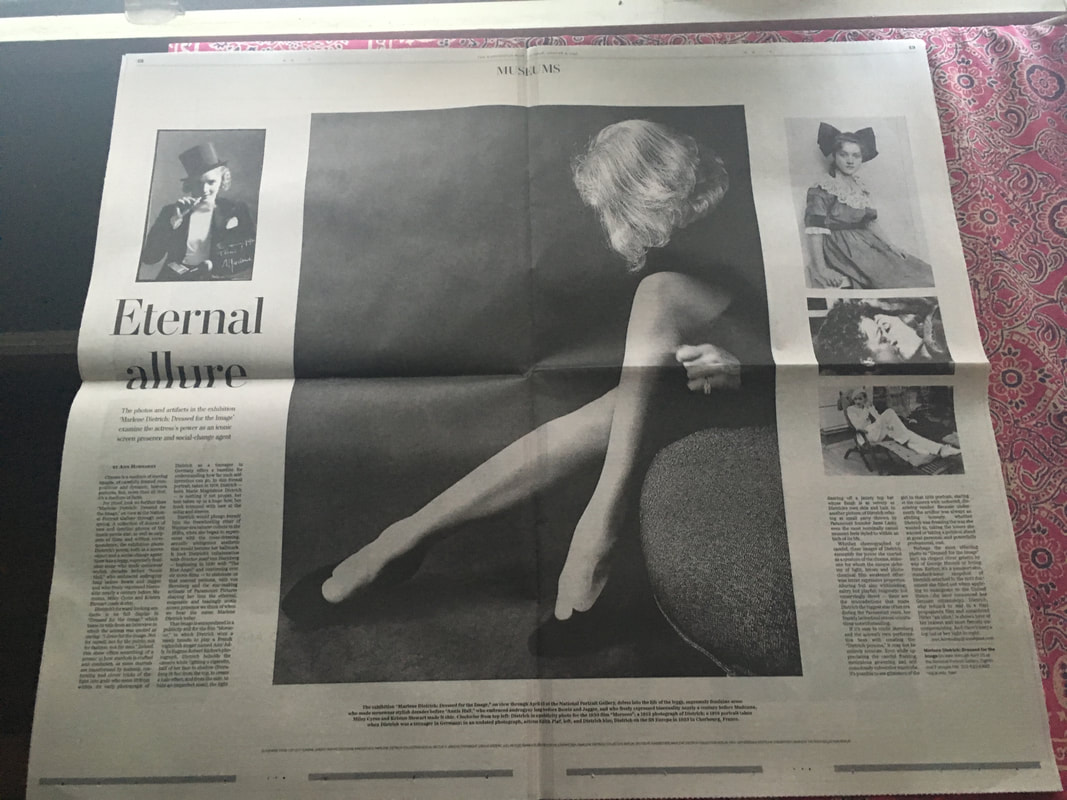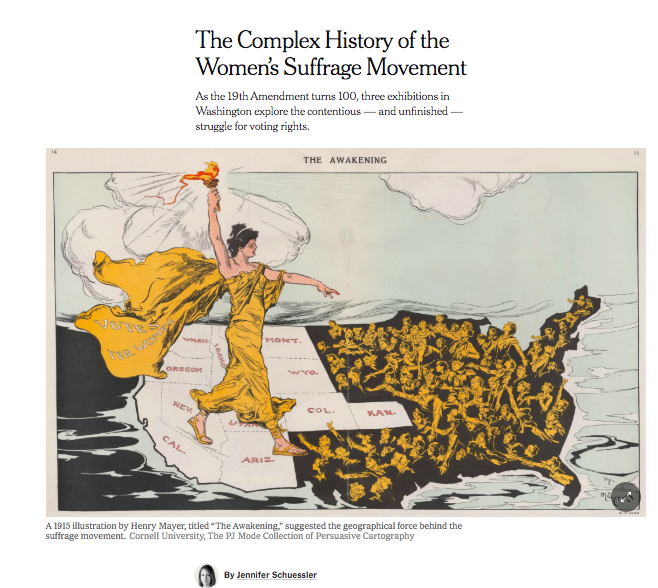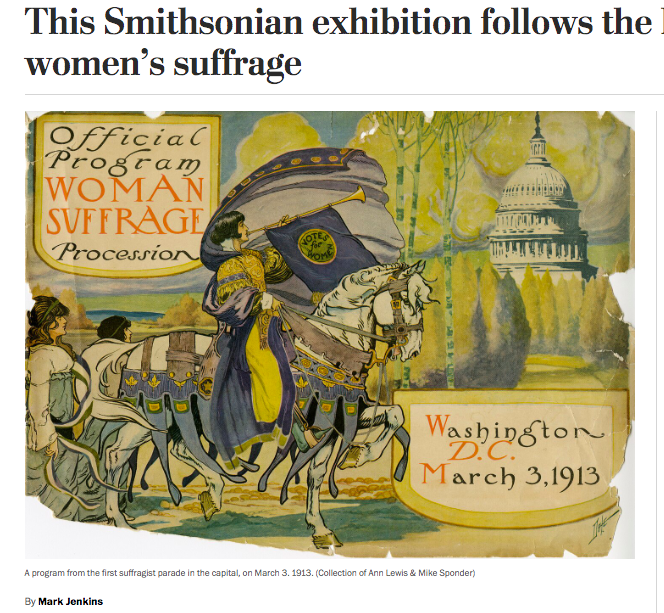"1898: U.S. Imperial Visions and Revisions" is on view at the Smithsonian's National Portrait Gallery (April 28 2023 to February 25, 2024)
"Votes for Women: A Portrait of Persistence" was on view from March 30, 2019 through January 5, 2020.
"Marlene Dietrich: Dressed for the Image" was on view from June 2017 through April 2018.
"Votes for Women: A Portrait of Persistence" was on view from March 30, 2019 through January 5, 2020.
"Marlene Dietrich: Dressed for the Image" was on view from June 2017 through April 2018.
Select Exhibition Reviews |
|
Philip Kennicott for the Washington Post, June 2, 2023
"The curators of this exhibition, which is the best and most engaging work the National Portrait Gallery has done in a decade, point out that the year 1898 is a pivotal moment — with a war against Spain and the annexation of Hawaii — yet also part of a longer timeline of territorial aggression, displacement and genocide. They use portraiture, photography, maps, press imagery and documents to explore the United States’s colonization of Puerto Rico, Cuba, the Philippines, Guam and Hawaii. They also include board games designed to exploit the public fervor for expansionism, including a Parker Brothers product called The Rough Riders: A Game, which played off Roosevelt’s self-promotion of his military service in Cuba during the wars of 1898." |
|
Jenny Schuessler for The New York Times, August 15, 2019
"Stories of African-American women and other women of color are woven into the narrative at the library. But the desire to tell a more inclusive story is front and center in 'Votes for Women: A Portrait of Persistence,' at the National Portrait Gallery until Jan. 5, 2020. The exhibition is a sprawling consideration of more than a century of history, but its core is an assemblage of portraits of nearly 60 named women’s rights activists, a third of whom are women of color. To assemble the group, the gallery had to reach beyond its own collections, which are disproportionately white and male. (It’s a bias the gallery is trying to counter with a policy requiring that half of all new acquisitions diversify the collection in some way.)"
Mark Jenkins for The Washington Post, April 18, 2019
A new exhibition at the National Portrait Gallery, 'Votes for Women: A Portrait of Persistence,' tells a story that ends 99 years ago, with the 1920 ratification of the constitutional amendment lifting voting restrictions on the basis of sex. But where to begin that tale? Historically minded museum goers may be surprised to discover that the show’s earliest artifact dates from 1832. Rather than start with the famed 1848 convention of women’s rights advocates at Seneca Falls, N.Y. — the first such convention in the United States — the show opens with a page from an abolitionist newspaper, the Liberator, that features an engraving of an enslaved woman. There’s an argument for starting this narrative that early, but it’s a complicated one — as is the show itself. 'Votes for Women' marks the centennial of the 19th Amendment (passed by Congress in 1919 but not ratified until the following year), and yet it’s more than a simple celebration of a milestone. Curator Kate Clarke Lemay takes care to clarify some of the ways in which the promise of women’s suffrage was left unfulfilled long after 1920.
Lemay works for the museum and the Smithsonian’s American Women’s History Initiative, a web-based project whose stated goal is to 'amplify women’s voices to honor the past.' With “Votes,” Lemay ties the U.S. suffragist movement to other contemporaneous struggles. Some of them, like the abolition of slavery, are clearly related to women’s quest for self-determination. Others, notably the temperance campaign against alcoholic beverages, may not seem relevant today, yet they are inextricably intertwined with the suffrage movement."
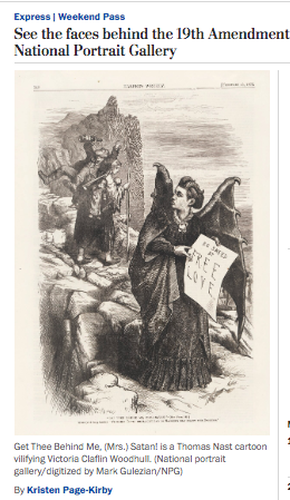
Kristen Page-Kirby for The Washington Post, March 28, 2019
“American women gained the right to vote in 1920. So why does “Votes for Women: A Portrait of Persistence,” opening Friday at the National Portrait Gallery, start in 1832 and go all the way up to 1965?“The 19th Amendment didn’t wrap things up in a pretty bow,” says Kate Clarke Lemay, who curated the exhibit, which is being mounted as part of the Smithsonian’s American Women’s History Initiative “Because of Her Story.” “It didn’t resolve the disenfranchisement of women for everybody. Black women, Native American women — any minority woman — still had all of these impediments to their voting rights until 1965,” when the Voting Rights Act was passed.
'Votes for Women' is about history, of course, but it also occupies a unique place in today’s world of museum exhibits. 'I don’t know how often a major museum has put on an exhibition where you walk through the galleries and the only things you see are women,' Lemay says. 'I mean, there’s not a single man in the show — unless it’s a husband.'"
“American women gained the right to vote in 1920. So why does “Votes for Women: A Portrait of Persistence,” opening Friday at the National Portrait Gallery, start in 1832 and go all the way up to 1965?“The 19th Amendment didn’t wrap things up in a pretty bow,” says Kate Clarke Lemay, who curated the exhibit, which is being mounted as part of the Smithsonian’s American Women’s History Initiative “Because of Her Story.” “It didn’t resolve the disenfranchisement of women for everybody. Black women, Native American women — any minority woman — still had all of these impediments to their voting rights until 1965,” when the Voting Rights Act was passed.
'Votes for Women' is about history, of course, but it also occupies a unique place in today’s world of museum exhibits. 'I don’t know how often a major museum has put on an exhibition where you walk through the galleries and the only things you see are women,' Lemay says. 'I mean, there’s not a single man in the show — unless it’s a husband.'"
